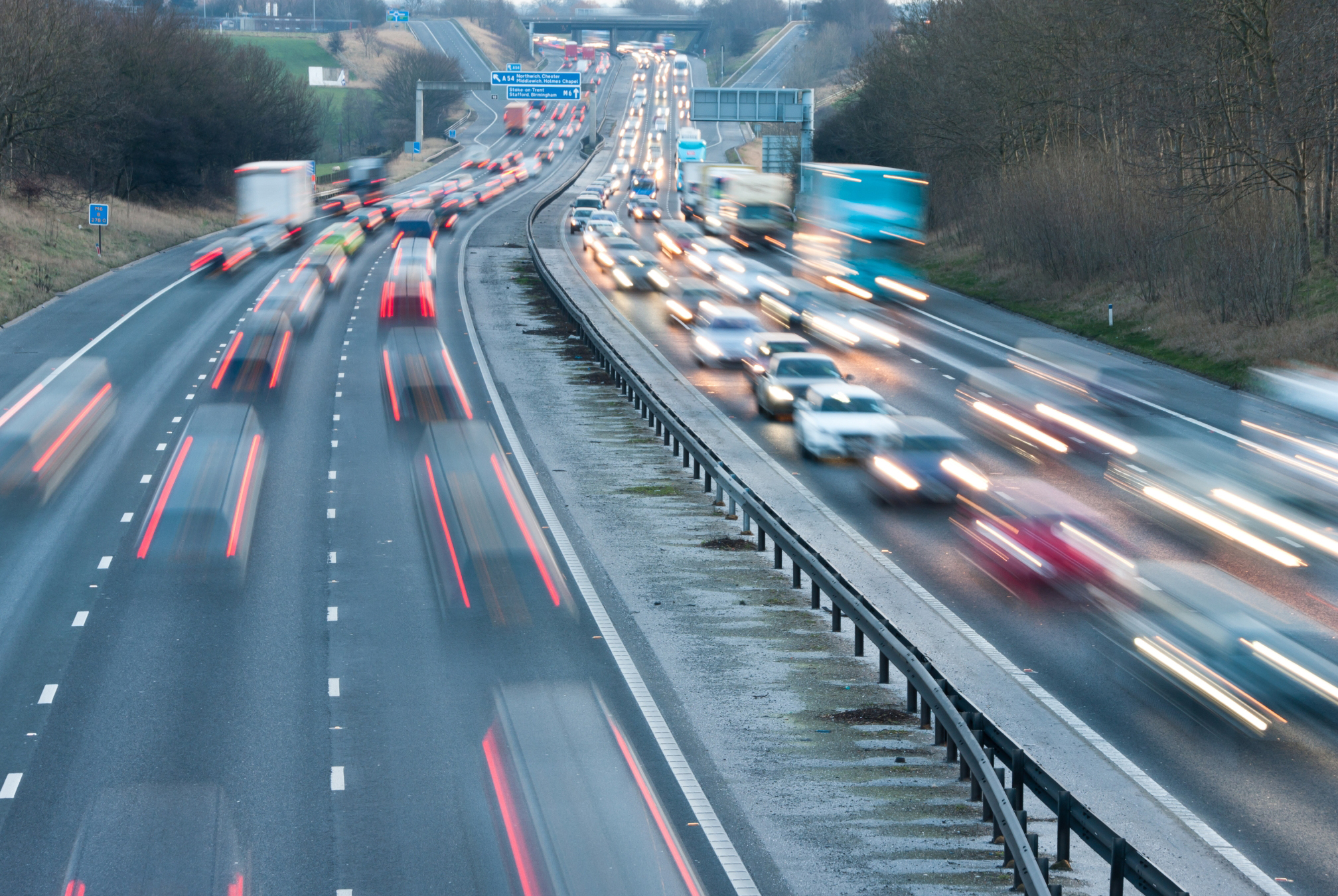
June is National Safety Month, and it’s a good time to review the vital importance of driving safely, especially with increased travel on the road during these summer months.
Trucking is the most popular means of transporting goods across the continent, with an estimated 70% of all products being transported in some type of truck. However, there has also been a 50% increase in crashes involving trucks over the past decade, according to the Federal Motor Carrier Safety Administration (FMCSA).
To help avoid accidents and become an even safer driver we’ve gathered some safe driving tips provided by the FMCSA:
1. Check Your Blind Spots
- Check mirrors every 8-10 seconds to be aware of vehicles entering your blind spots. Additionally, scan ahead on the road about 15 seconds (equating to a quarter mile on interstates, or one to two blocks in cities) for traffic issues, work zones, and other dangers.
2. Be Aware of Long Stopping Distances
- Large trucks and buses need the length of up to two football fields to safely stop. Driving too fast for road conditions or failing to slow down for curves and ramps creates a risk of rollovers and crashes. Be aware of long stopping distances and break accordingly.
3. Make Wide Turns Carefully
- Trucks and buses need extra space and time to make wide, careful turns. This also applies if you’re pulling a trailer, boat, or something equivalent. Make turns carefully and signal appropriately.
4. Always Buckle Up
- Fatal crashes are rising, and not wearing a seat belt is a key contributing factor. Wear your seat belt every time you drive or ride. Seat belts can save lives, reduce injuries, and allow drivers to stay inside and control their vehicles in the event of a crash.
5. Drive at a Safe Speed
- The large size and weight of trucks and buses increase driving challenges, including acceleration, braking, and maneuverability. Large vehicles accelerate slower uphill and may gain speed quickly downhill. Drive at a safe speed, be aware of your surroundings, and never drive above the speed limit.
6. Stay Focused and Avoid Distracted Driving
- Get enough rest; don’t drive when you’re fatigued, feeling ill, or using medications (including over-the-counter medicine) that make you drowsy or dizzy.
- Texting is among the worst driving distractions. It is illegal for a driver to text while driving, and mobile phones must be hands-free and dialed using no more than one button. Eating, drinking, interacting with a navigational device, reading maps, or any other activity that takes the focus off the road can also be distracting. If you must attend to an activity other than driving, exit the highway, or pull over – it’s not worth the risk.
7. Always Use Your Signal
- Signal and brake early to give other drivers plenty of time to notice your intent. If you must pull off the road, use flashers, reflective triangles, and/or road flares to alert approaching drivers.
8. Maintain Your Vehicle
- Make sure pre-trip safety inspections are complete before hitting the road, particularly for tires and brakes. As well as checking that your fluids are at the correct level and topping them off if needed. If planning to pull a boat, trailer, or something equivalent check that your load is well-balanced and secure, as a shifting load can cause a rollover or loss of control. Loose materials can create road hazards.
9. Plan Your Trip in Advance
- Stay up to date on weather and road conditions, detours, and mountainous routes to plan appropriate driving time. Be aware that non-commercial navigation systems and apps may not provide warnings of height and weight limitations and other restrictions.
10. Practice Work Zone Safety
- Work zones present many hazards, like lane shifts, sudden stops, uneven road surfaces, moving workers and equipment, and more. Unfortunately, fatal work zone crashes continue to rise – so it’s vital to take work zone safety seriously:
- Slow down, maintain extra following space, and be prepared to stop.
- Obey all work zone signs and signals.
- Scan ahead for changing traffic patterns and be alert to vehicles entering your blind spots.
- Keep a sharp eye out for road workers and flag crews.
By following these guidelines, you’ll prevent yourself from being another statistic and help make the roads safer for everyone. Let’s make sure everyone makes it to their destination.

